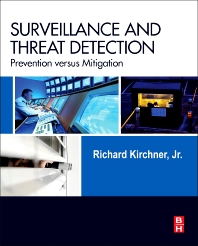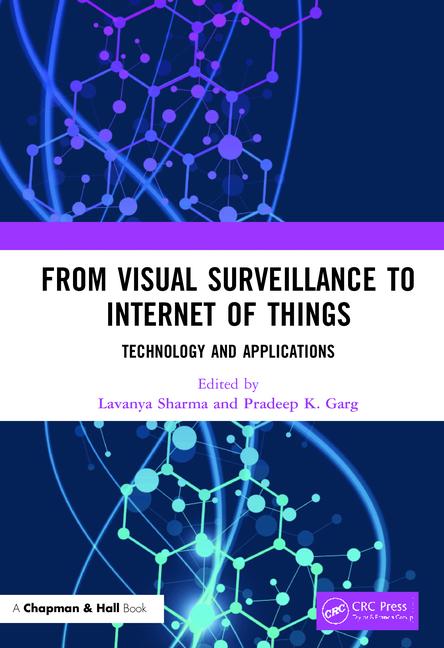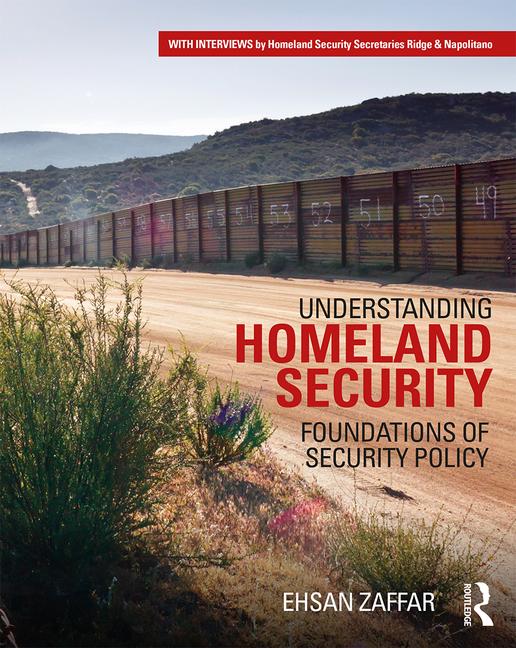The Security Industry Alarm Coalition (SIAC) has issued a warning concerning false alarms created by the Apple iPhone 14 and Apple Watch.
Users of the popular devices are facing problems with a new crash detection feature. It was launched last year on the iPhone 14 and the latest Apple Watch Series 8, Ultra, and Apple Watch SE 2022. The feature is supposed to detect a severe car crash and automatically calls emergency services in case the user fails to respond within 20 seconds.
However, many of the alerts are false alarms and are inundating emergency call centers erroneously. The situation has become so bad that emergency dispatchers are flagging the preponderance of nuisance 911 calls. Even skiers and snowboarders have tripped the crash detection feature.
“Technology that is meant to detect car crashes, heart attacks or other life-threatening situations, has generated some real media success stories on how a life was saved, however, there have been numerous reports on these devices contacting 911 call centers where no emergency condition existed,” said Stan Martin, SIAC executive director. “In many instances, the false alarms have been triggered by routine events such as skiing or exercising.
“For more than 20 years SIAC has worked directly with leaders in law enforcement to dramatically reduce unnecessary calls for service from electronic alarms,” said Martin. “Significant progress through the model alarm ordinance has led to dramatic improvements.”
Martin highlighted the potential benefits of the crash detection feature, but said “we are concerned that the new Apple technology could be a real setback to the goal of making sure that 911 resources and first responders are not unnecessarily diverted from their lifesaving mission.”
SIAC recommends the owners of the iPhone 14 or Apple Watch take the following steps to avoid generating unnecessary calls to 911 centers:
- Learn how the alert system functions.
- Respond immediately to notifications from your device that the alarm has been triggered to avoid having the phone or watch contact a 911 center.
- Upgrade the device to the latest software version.
- Be aware of what types of events can trigger the device when there is no emergency.
- If you’re in a situation that is likely to trigger a false alarm and are not able to respond to a notification, we suggest you consider disabling this feature or function.
If a device contacts 911 automatically, law enforcement may try to contact users to confirm an actual emergency exists. If possible, SIAC advises users to answer the call, do not ignore/disregard. As with typical 911 emergency calls, it leaves law enforcement with no choice but to dispatch an officer or deputy.
“This is an issue that both Apple and its customers need to address,” said Martin. “Failure to address false alarm issues can eventually lead to a lower level of response, fines or other measures to try to address the issue.”
The SIAC advisory states that other manufacturers are like to replicate or develop similar emergency contact features; hence, users should consider the consequence/impact on law enforcement before activating these types of features.







